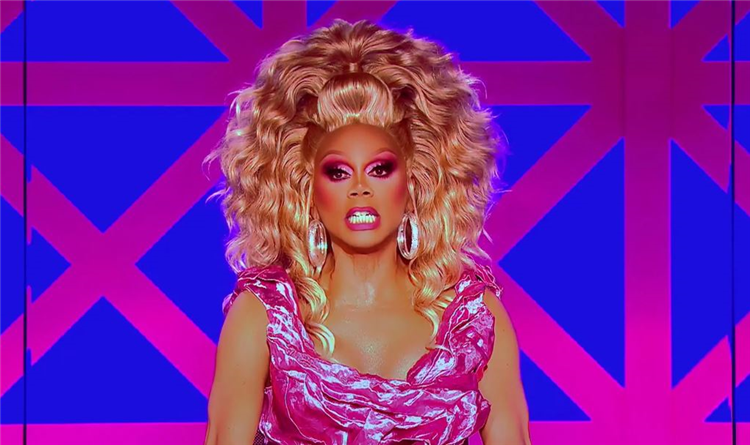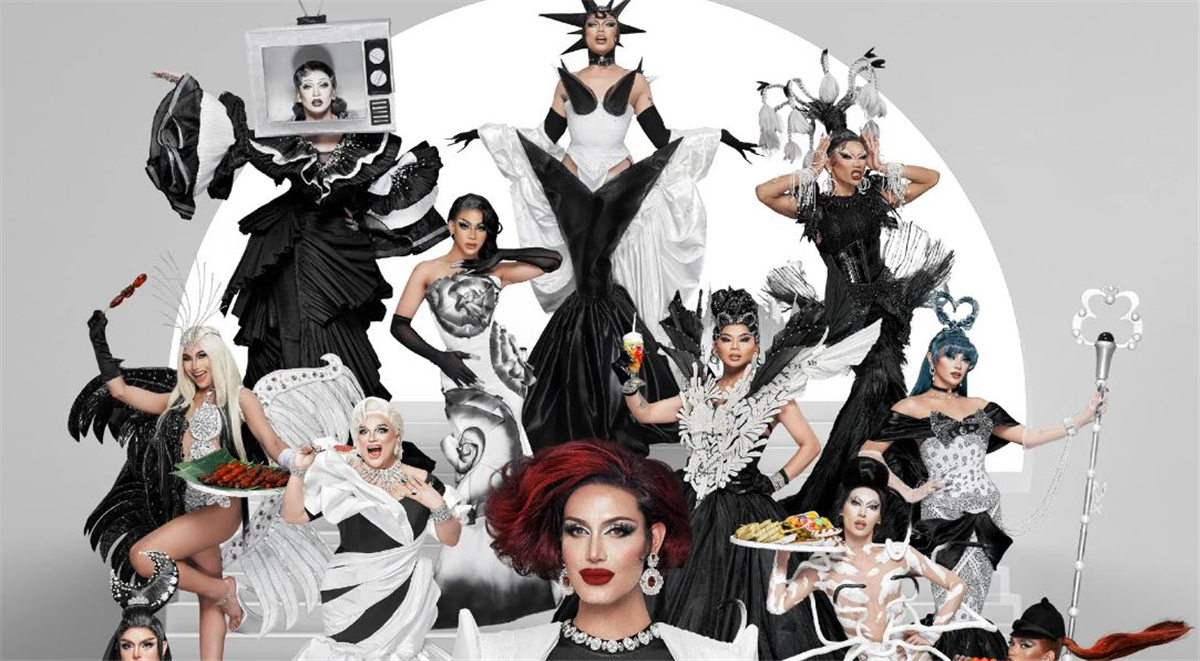Over the course of its 15 years on air, RuPaul’s Drag Race has moved from airing on Logo to airing on MTV, from a cash prize of $20,000 to $200,000, and from being a show largely watched by queer and trans people to a program that has won 29 Emmys. Concurrently, drag as a whole has officially crossed over to the mainstream, at least within American pop culture. (Just look at the way Chappell Roan has blown up.) As the Drag Race industrial complex continues to proliferate — there are somehow several more international spinoffs in the works — the fatigue of “Which franchise should I watch?” grows stronger. Currently, Global All Stars and Mexico are mid-season, with the finale of Canada vs. The World and All Stars having just aired.
Beyond that, commentators have been remarking for years that a higher-budget Drag Race also comes with the pressure for contestants to serve higher-budget looks, leading to a show where success is often determined by who is able to spend the most money on custom fits. If you’re among the fans feeling fatigued, look no further: Drag Race Philippines is the answer. The spinoff first premiered in July 2022 and is currently airing its third season. (New episodes come out on Wednesdays, and you still have time to catch up.)
The format and layout of Drag Race Philippines might be basically identical to those of American Drag Race, but that’s where the similarities end, and where a fascinating view into a hyperlocal drag culture begins. Of the eleven competitors in season three, eight hail from Metro Manila, the capital of the Philippines, and arguably the capital of the country’s drag scene. Quite a few of them even hail from the same bar, O Bar. So when the contestants throw shade at each other, cheer each other on, and comfort each other in teary-eyed moments, there’s usually years of genuine history undergirding all of those interactions.

There’s also the fact that in the Philippines, over 90% of the population is Christian, with the vast majority of those people identifying as Catholic specifically, thanks to centuries of Spanish colonialism. Make no mistake, the Philippines has a long history of gender identities outside of the binary, and in 2022, Drag Race Philippines made franchise history by being the first show to feature two trans women as judges at the same time, one of them being Jiggly Caliente. But Filipino drag performers (and LGBTQ+ people in general) still battle against conservative Catholic social norms. Combining those high stakes with a small, but growing, drag scene makes for incredible television. And that’s not even to mention the fact that Filipinos, generally speaking, are kind of known for doing the most. We’re talking about a country where karaoke might as well be the national sport, and it’s also ranked as one of the most emotional countries in the world in a 2019 Gallup poll. So as you might imagine, the Drag Race Philippines girls absolutely go hard as hell.
That’s immediately apparent from the first episode. The first mini-challenge is a mini-ball, and all of the girls’ moves are utterly mesmerizing to watch. Not only that, but what other television show is brave enough to feature a drag queen dressed as D.Va from Overwatch dipping, twirling and jumping into a front split? I’ll wait. It’s also extremely fun to watch the girls getting undressed in front of each other for the first time after the voguing challenge, since for many of them, it’s the first time that they’ve seen each other out of drag. I cackled at remarks from Angel, a 23-year-old queen, who dragged Tita Baby, one of the older competitors whose whole shtick is giving auntie vibes: “He looked like a dad and a bouncer, a chairman, a councilor, that kind of middle aged man,” she said. (And like, she wasn’t wrong.)
But it’s the runway from the first episode, which tasked the queens with repping their hometowns, that really demonstrates the gag factor of Drag Race Philippines. Maxie, a queen from Manila, paid tribute to her hometown with a look inspired by José Rizal, the national hero of the Philippines, who was executed by the Spanish for his writings advocating for revolution. She sewed eight red jewels onto her back, to represent the eight times Rizal was shot, alongside a phrase that translates to “To Die in Your Honor.” As Maxie turned and made her way back up the runway, she knelt down and mimed being shot while screaming — then dragged herself by her fingers off the stage. Now that’s what I call commitment to the bit. And just that one queen is representative of the hardcore ethos that each queen on Drag Race Philippines brings to the stage.
